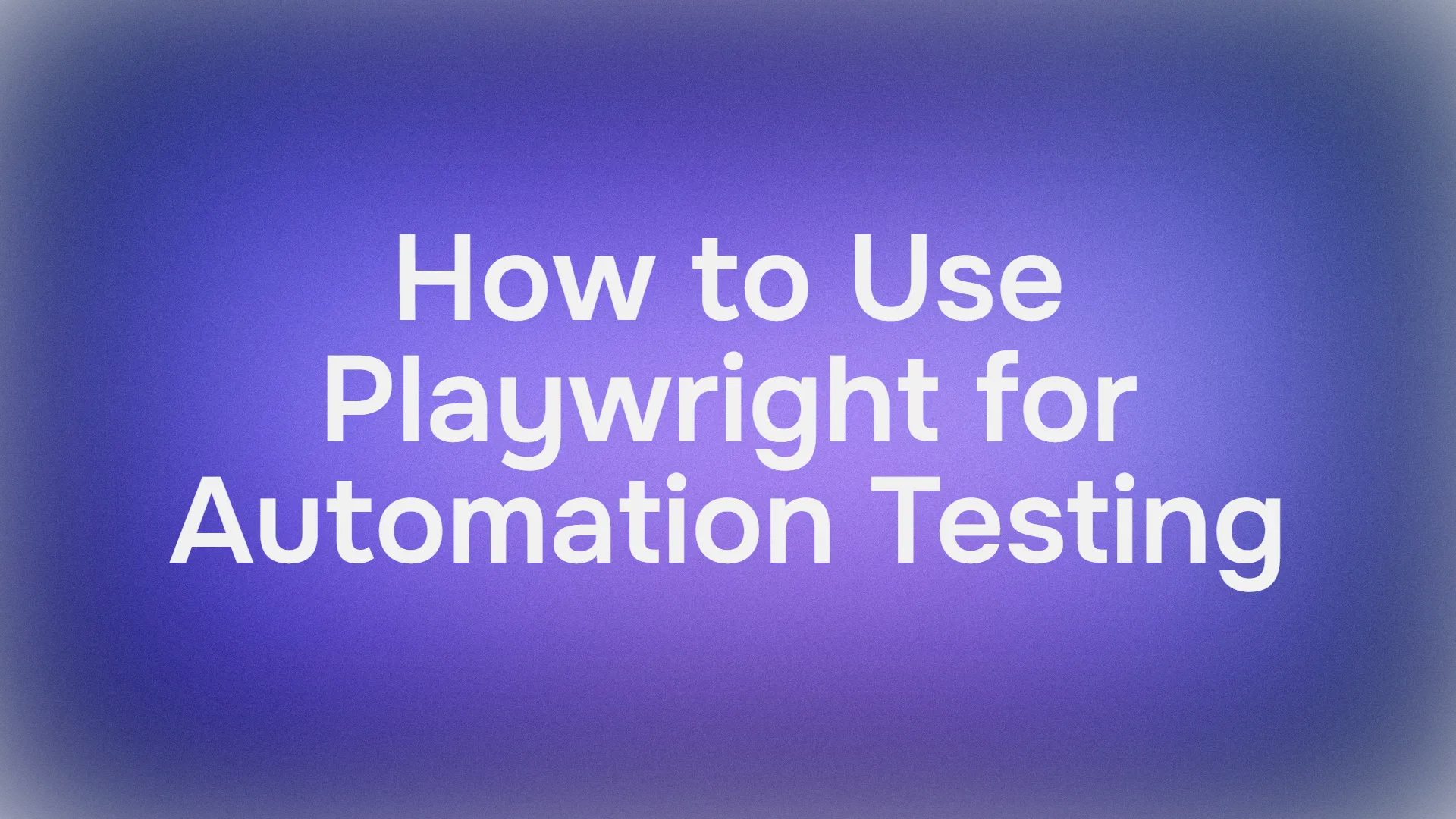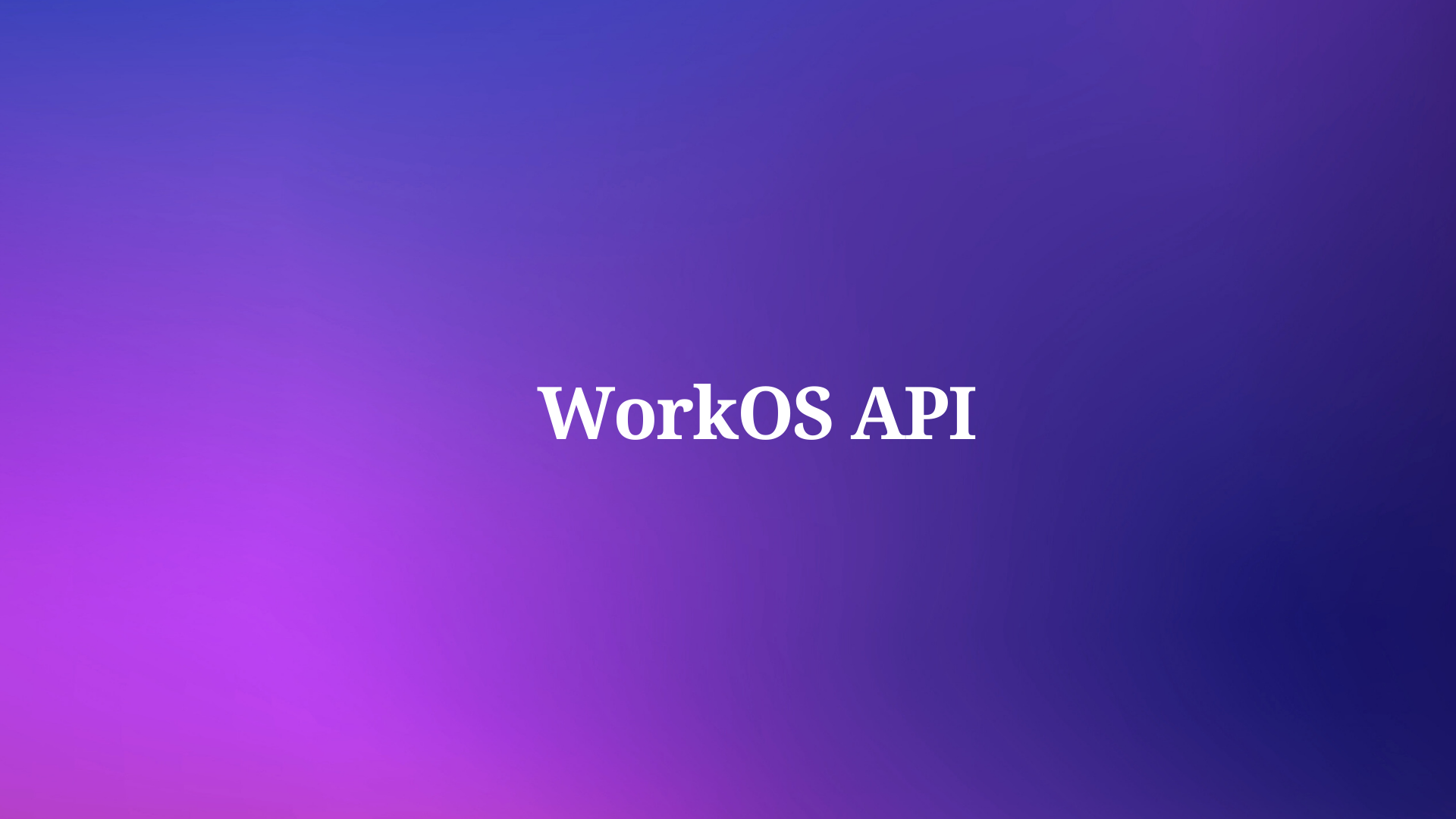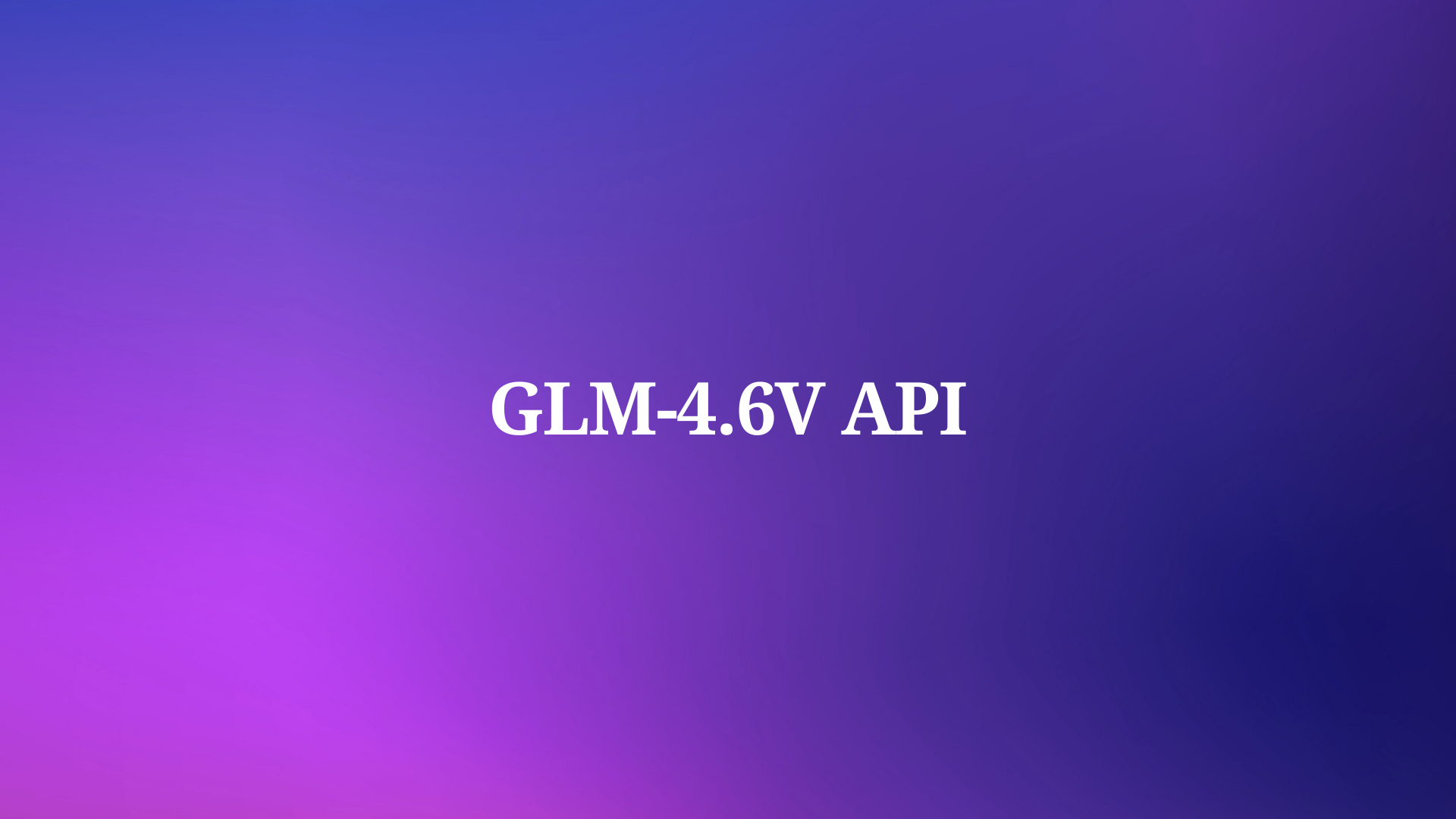In the ever-evolving world of software development, APIs have become the backbone of modern applications, enabling seamless communication and integration between various systems and services. However, designing and managing APIs can be a daunting task, often involving complex configuration files and steep learning curves. That's where the OpenAPI GUI Tool comes into play, offering a user-friendly solution for streamlining the API development process.
What is the OpenAPI GUI Tool?
The OpenAPI GUI Tool refers to a category of visual editors that help you design APIs without needing to memorize the entire OpenAPI specification. These tools provide a graphical user interface for creating and editing OpenAPI documents, making it easier to define APIs’ paths, operations, and parameters. They are part of a broader set of tools designed to work with OpenAPI, including auto-generators, converters, validators, and more.
With the OpenAPI GUI Tool, you can bid farewell to the days of manually crafting these specifications in complex text editors or JSON/YAML files. Instead, you'll be greeted by an intuitive, visually appealing graphical user interface (GUI) that streamlines the entire process.

Why You Should Use the OpenAPI GUI Tool
Now that you understand what the OpenAPI GUI Tool is, let's explore the reasons why it should be an essential part of your API development toolkit.
Simplifies the Design Process: These tools provide a user-friendly interface that simplifies the creation and editing of OpenAPI documents, making it easier to define your API’s paths, operations, and parameters without having to write the specification by hand.
Enhances Collaboration: They facilitate better collaboration among team members by providing a visual representation of the API, which is easier for non-developers to understand and contribute to.
Improves Accuracy: By using a GUI tool, you can reduce the likelihood of syntax errors and ensure that your API definition adheres to the OpenAPI Specification1.
Increases Efficiency: It speeds up the development process by allowing you to generate documentation, client libraries, and server stubs automatically from your OpenAPI definition.
Supports API Evolution: As your API evolves, these tools make it easier to update and maintain your API specification, ensuring that it always reflects the current state of your API.
Facilitates Testing: Some OpenAPI GUI tools come with mock servers that allow you to simulate API behavior and test your API before writing any code.
These benefits highlight how OpenAPI GUI Tools can be a valuable asset in managing the lifecycle of your APIs, from design to documentation.

Getting Started with the OpenAPI GUI Tool
NGetting started with an OpenAPI GUI Tool involves a few key steps to help you design and document your APIs efficiently. Here’s a guide to get you started:
Choose an OpenAPI GUI Tool: Select a tool that suits your needs. Popular options include Swagger UI and Swagger Editor, which are widely used in the industry.
Learn the Basics: Familiarize yourself with the OpenAPI Specification (OAS) and the tool’s interface. You can find resources and tutorials on OpenAPI Documentation to help you understand the basics.
Create Your First API Definition: Start defining your API by adding paths, operations, and parameters using the GUI. The tool will help you to structure your API according to the OpenAPI Specification.
Validate Your API Definition: Use the tool’s built-in validators to check for errors and ensure that your API definition is correct and follows the OAS.
Generate Documentation: Once your API definition is complete, you can generate interactive documentation that allows users to explore the API.
Test Your API: Some tools offer mock servers or integration with testing services to help you test your API endpoints.
Iterate and Improve: Use feedback from testing and user interaction to refine your API definition.
Remember, the OpenAPI GUI Tool is not just for creating API definitions; it’s also a powerful resource for documentation, testing, and collaboration.
Leveraging Apidog for a Streamlined API Development Experience
While the OpenAPI GUI Tool is a powerful application on its own, its capabilities are further amplified when combined with APIdog, a comprehensive platform for managing and hosting APIs.
Apidog seamlessly integrates with the OpenAPI GUI Tool, enabling you to not only design and document your APIs but also generate client and server code, mock APIs for testing purposes, and even host and publish your APIs – all from a single, unified platform.
Step 1. Open Apidog
Open your Apidog project and select Setting in the left panel

Step 2. Import OpenAPI File
Import an OpenAPI specification file on the project creation page. Click the "Import" button to proceed.

Step 3. Upload Your OpenAPI File
On the import page, you'll see a field where you can enter the URL of your OpenAPI file. If you don't have a URL, you can upload the file from your local machine.

Step 4. Wait for the Import to Complete
Depending on the size and complexity of your OpenAPI file, the import process may take a few minutes.

Apidog will automatically parses the file and generate a new API in your account.

Step 4. Start Building Your API
Once you configure your API settings, you can add endpoints and documentation to your API using 's intuitive interface.

But that's not all! APIdog also allows you to create mock servers based on your OpenAPI Specification, enabling you to test and validate your APIs before deployment. Once you're ready to go live, you can effortlessly host and publish your APIs through APIdog, providing a seamless experience for your API consumers.
Conclusion
By embracing the OpenAPI GUI Tool, you'll unlock a world of streamlined API design, improved collaboration, automatic documentation, and consistency across implementations. And when combined with the power of APIdog, you'll have a comprehensive suite of tools at your fingertips, empowering you to design, develop, test, and deploy APIs with unprecedented ease and efficiency.
So, what are you waiting for? Dive into the world of the OpenAPI GUI Tool and APIdog, and experience a new level of productivity and collaboration in your API development journey!



